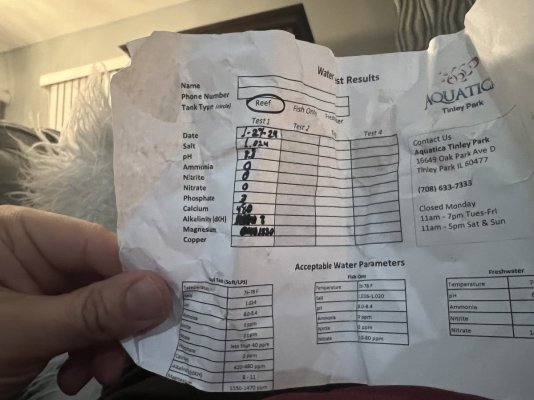Fish don't get ich without ich being present. The parasite has to be there. If you never introduce it then they would never get it. But - you started this thread by saying -but they don’t have anything in the tank that could make them sick in the first place? Anything can make them sick, like a fluctuation in temperature, a bad serving of food or sudden aggression from another fish. So if they get sick, can that cause an ich outbreak and now all of the fish should be pulled out and quarantined ?
Therefore, ich is present. Any new fish added will be exposed and at risk.So my tank has ich and many fish have died and some are still sick.
I know what you said. It doesn't matter. Copper is the shampoo in the lice analogy. Just like the shampoo doesn't stop the child from catching lice again, neither does the copper stop the fish from catching the disease.True, but keep in mind that I said medicating not just quarantining. I said medicating with copper.



















